If you’re ever in Britain around Christmas time, you’ll find pictures of robin red breasts adorning Christmas cards, ornaments, stamps, chocolate boxes, shop windows and Christmas wrapping paper. Their images can even be found decorating Christmas cakes. How did the humble European robin become the Christmas robin?
Why Robins are on Christmas cards
Although robin folklore existed for many years, the robin became far more widely associated with Christmas after it was depicted on Christmas cards in 19th century England; a tradition that has been retained to this day. (1)
Why are robins on Christmas cards? It’s all inspired by the robins who used to deliver the Christmas cards in 19th century Britain.
In the 1800s, British postmen wore bright red uniforms. They wore red in honor of the crown since red is considered both a Royal color and an important color on the English flag. (Incidentally, this may also be one of the reasons why British post boxes were eventually standardized to be red). The postmen in their red-breasted coats resembled the much-loved British bird, the robin red-breast, earning Victorian postmen the nick-name: Robins.
Around Christmas time, people would eagerly await the Robins’ delivery of Christmas cards from near and far. Some greeting card artists were inspired by this to illustrate their cards with the joyous delivery of letters, and instead of drawing a postman, one artist decided to draw the Robins’ namesake, the robin birds, delivering letters in their little beaks. The trend caught on and survives to this day despite the fact that the postmen’s red coat uniforms and the postmen’s Robin nickname have long been retired to the history books.
Robin Folklore
Aside from the postman-robin association explaining the robin’s presence on Christmas cards, the robins already had a rich association with Christmas because various folklore stories exist surrounding the Christmas robin. Below are three of the most popular Christian tales of robin folklore regarding how the robin got its red breast:
1.) The kind-hearted Robin who got its red breast tending to baby Jesus’s fire
One tale from robin folklore is that when Mary was giving birth to Jesus, the fire that was burning to keep the stable warm and comfortable was about to go out. Just as Mary was starting to worry about the chill of the night descending upon her and her newborn, a tiny brown bird alighted by the fire, singing and flapping its little wings. The flapping made the embers glow brightly, re-igniting the fire. In some versions of this tale, the little bird also brought small twigs in its beak to help feed the fire.
As the robin flew around, tending to the fire, the flames crackled and snapped, and a stray red-hot ember flew from the hearth, landing on the brown bird’s breast, making it glow bright red. When Mary saw all this, she declared that the red breast was a sign of the bird’s kind heart and that the bird and all its descendants would wear a red breast proudly for evermore. (2)
2.) The robin who got its red breast trying to help Christ at the crucifixion
Another story about how the robin got its red breast is based on Christ’s crucifixion. The story goes that as Christ was dying on the cross a little brown bird flew beside him, trying to comfort him with its song. The bird clamped its little beak on Jesus’ thorny crown, trying to remove it, and although the bird was not strong enough, in its passionate attempts pulling on the thorns, a little bit of Christ’s blood stained the bird’s breast red. (3)
3.) The robin who got its red breast when giving water to souls in Purgatory
A less popular bit of robin folklore tells of the robin who was kind enough to fetch water for the souls in Purgatory or hell. As it flew in this fiery place, its breast was accidentally scorched, giving the robin its red breast. (1)
Today the robin is considered by some to be Britain’s favorite bird. (4) With the existence of so many positive tales about the robin red breast in folklore and also in everyday life with its cheerful song and its role in keeping gardeners company, it is easy to understand why the robins were well-liked enough to be retained as decorations for Christmas cards and decorations well after their original meaning was forgotten. Well… forgotten until now! ![]()
References
(1) de Vries, A. 2004. Elsevier’s Dictionary of Symbols and Imagery. Emerald Group Publishing.
(2) Egan L.B. 1988. A Christmas Stocking: A Child’s Treasury for the Festive Season. Simon & Schuster Ltd
(3) Cooper J.C. 1992. Symbolic and Mythological Animals. Harpercollins
(4) British Bird Lovers website
Related Products

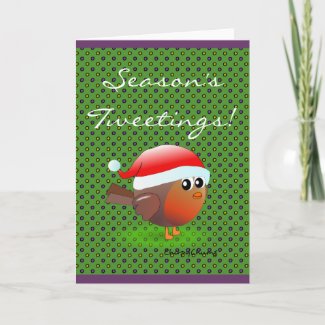


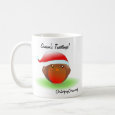
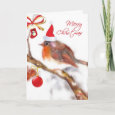
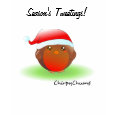
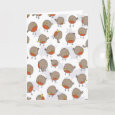



Pingback: Symbols of Christmas: The Story of Christmas Lights